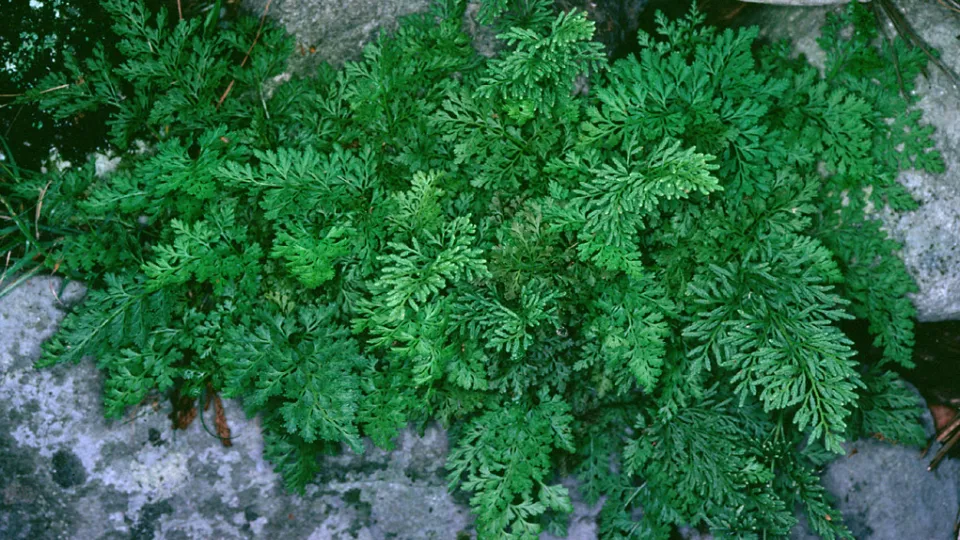
Parsley fern
Parsley fern lives up to its name - the pale green fronds form in clusters among rocks and look just like parsley. Look out for it in upland areas, particularly in Wales and Cumbria.

Parsley fern lives up to its name - the pale green fronds form in clusters among rocks and look just like parsley. Look out for it in upland areas, particularly in Wales and Cumbria.
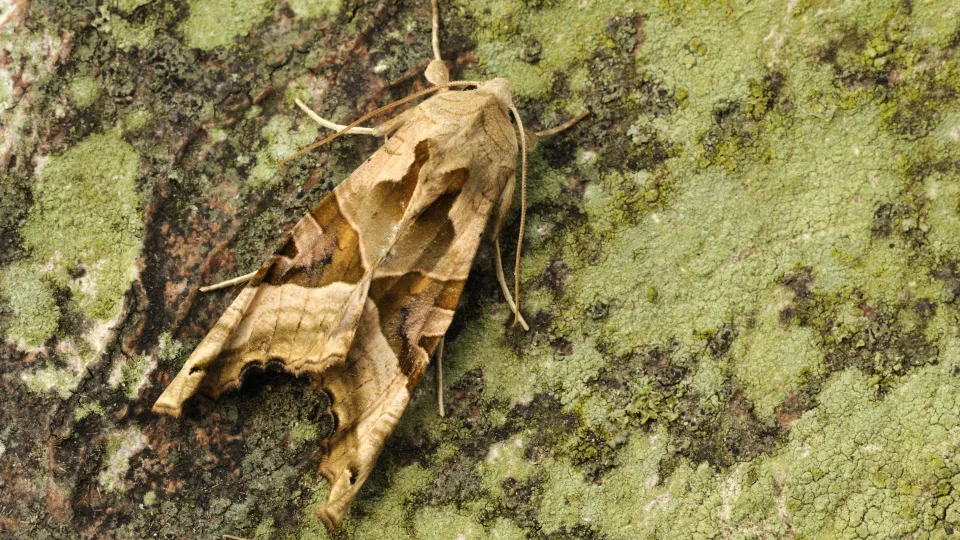
The angle shades can be well-hidden among the leaf litter - its pinky-brown markings and scalloped wings giving it the perfect camouflage. It is on the wing in gardens, woods and hedgerows from May.
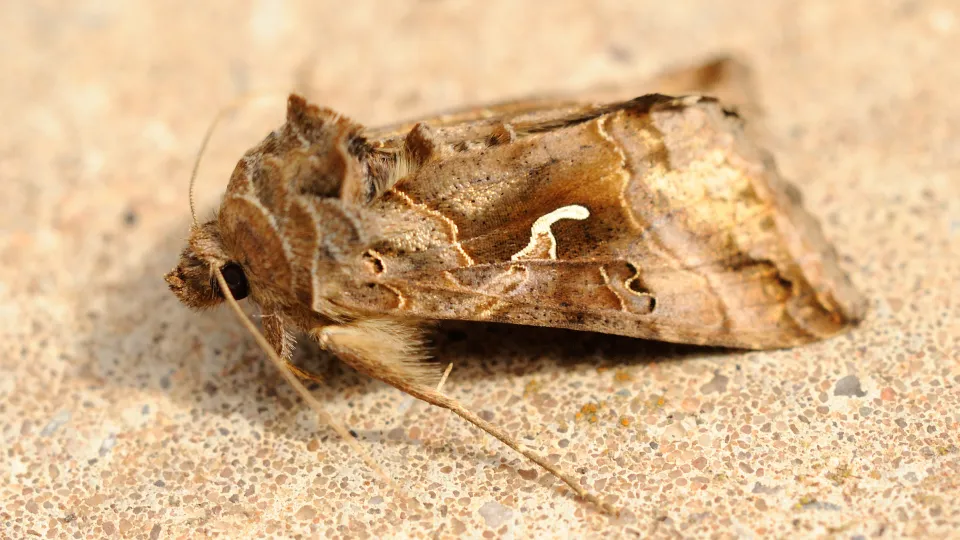
The Silver Y migrates to the UK in massive numbers each year - sometimes, an estimated 220 million can reach our shores in spring! Seen throughout the year, it is very common in gardens and grasslands.
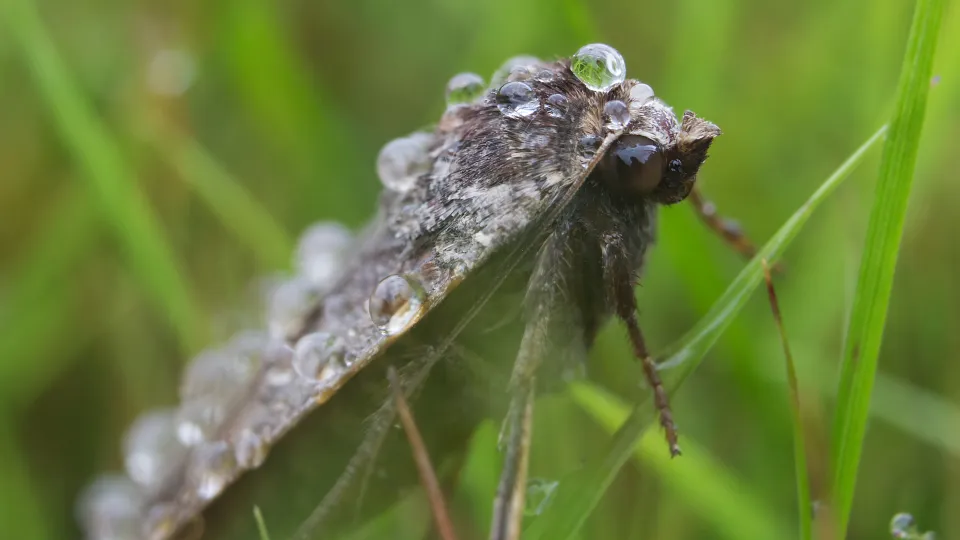
Found almost everywhere, the large yellow underwing is a night-flying moth that is often attracted to lights. It is brown with orangey-yellow hindwings.
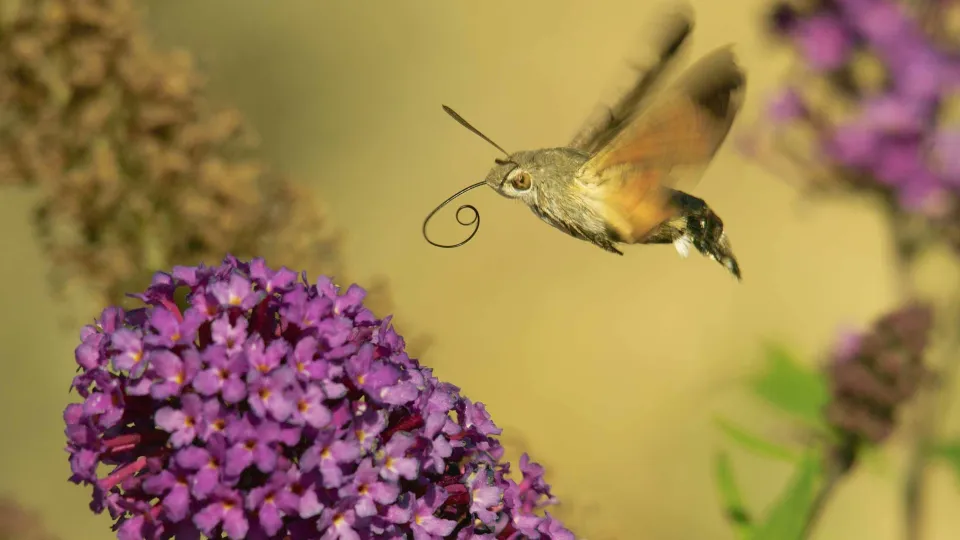
The humming-bird hawk-moth migrates to the UK from Southern Europe each year. It can be seen hovering over flowers, feeding with its long proboscis; its wings move so quickly that it 'hums'.
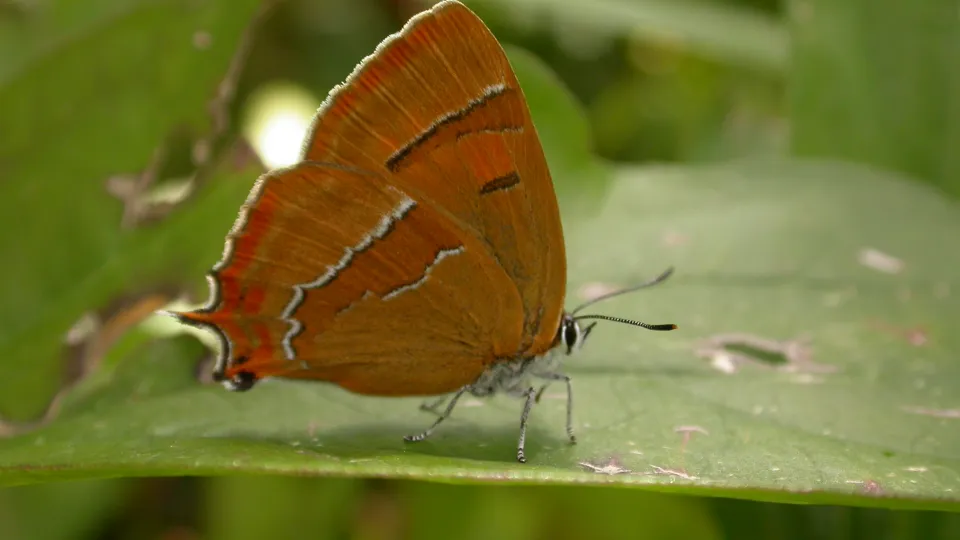
The brown hairstreak is an elusive butterfly that spends much of its time in the treetops feeding on aphid honeydew.
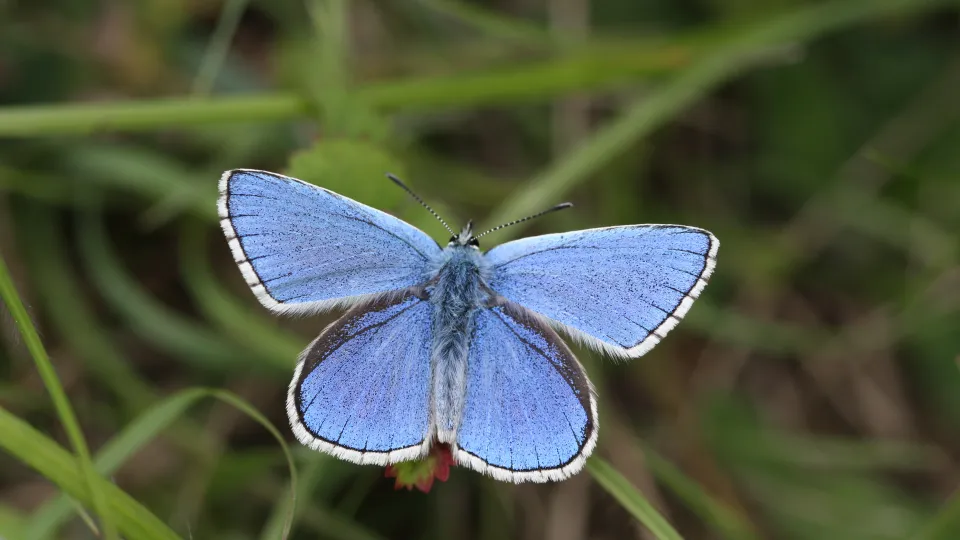
The rare Adonis blue can be spotted on sunny chalk grasslands throughout summer. Males are a dazzling sky-blue in colour, while females are duller brown.
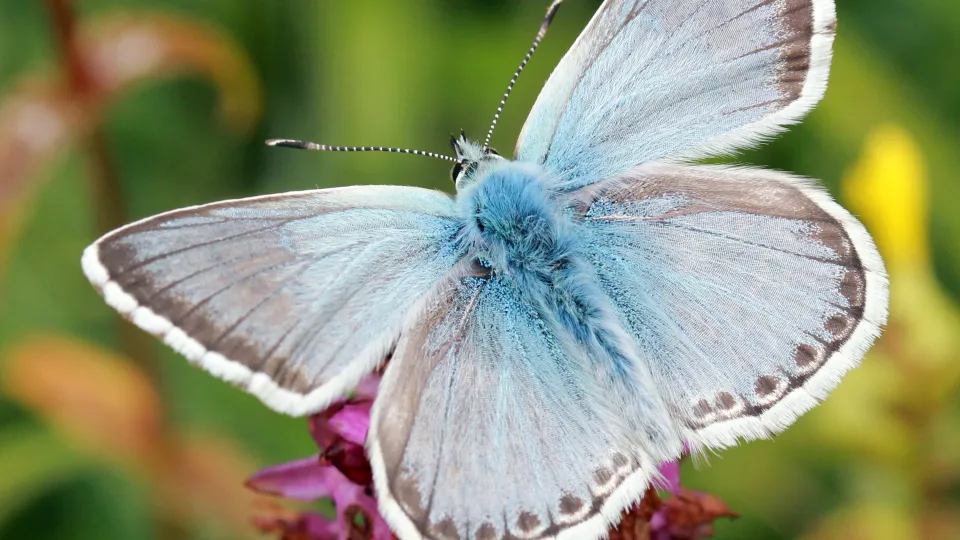
Unsurprisingly, the chalkhill blue can be found on sunny, chalk grassland sites in southern England. Clouds of this beautiful blue butterfly may be seen fluttering around low-growing flowers.
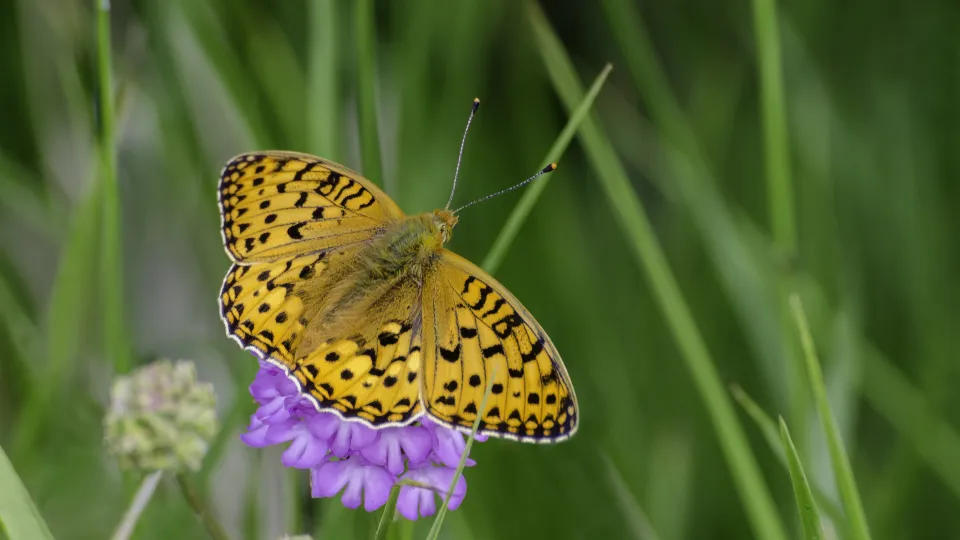
The dark green fritillary is actually an orange butterfly with black spots. It gets its name from the dark green hue to the undersides of its hindwings. A strong flier, it can be seen on open, grassy habitats.
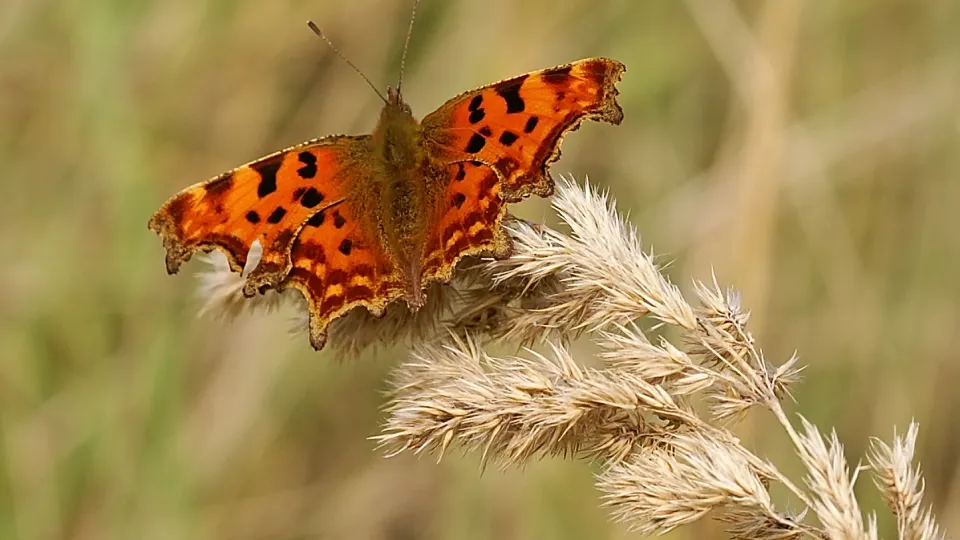
The comma has distinctively ragged wing edges, which help to camouflage it - at rest, it looks just like a dead leaf! It prefers woodland edges, but can be spotted feeding on fallen fruit in gardens.